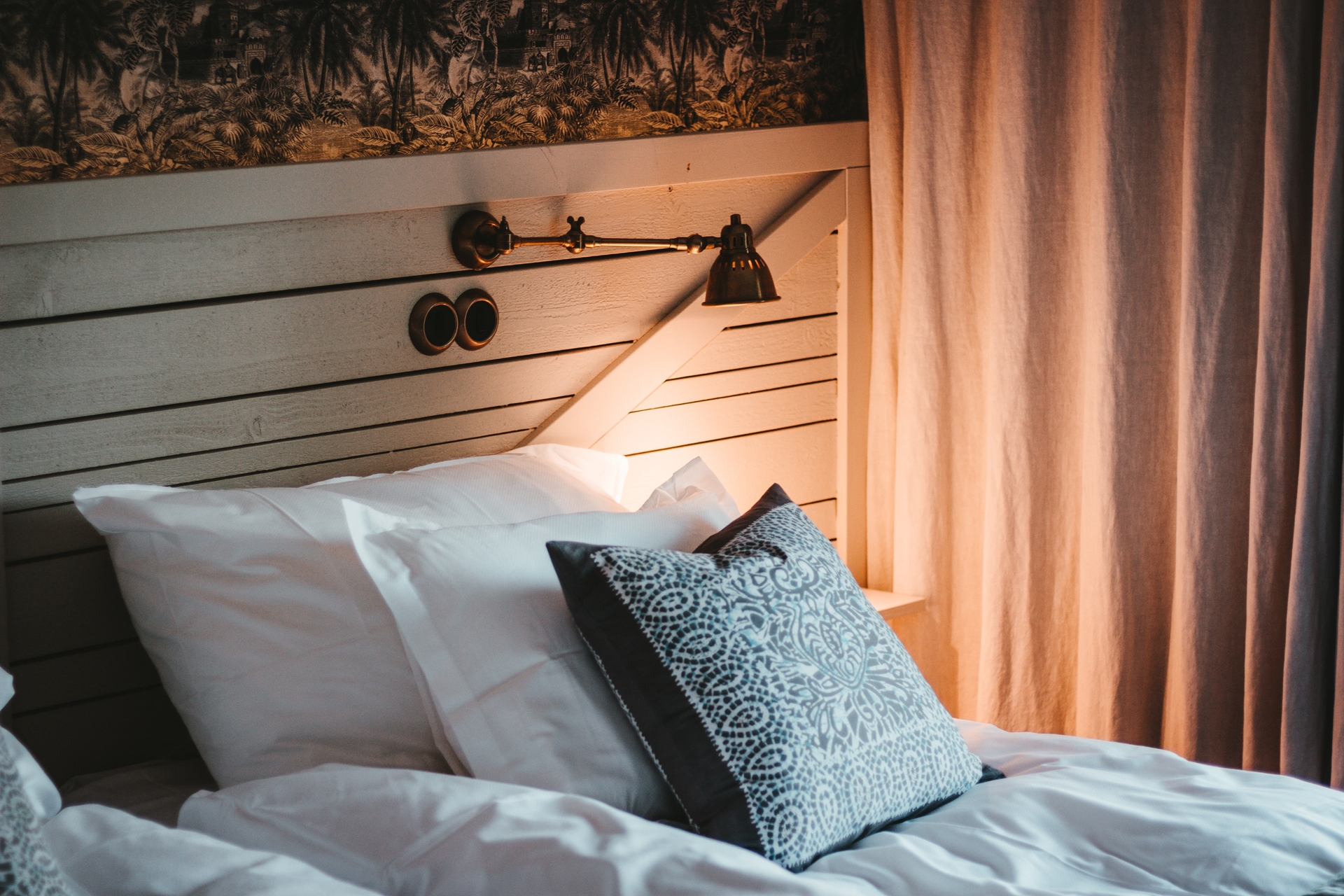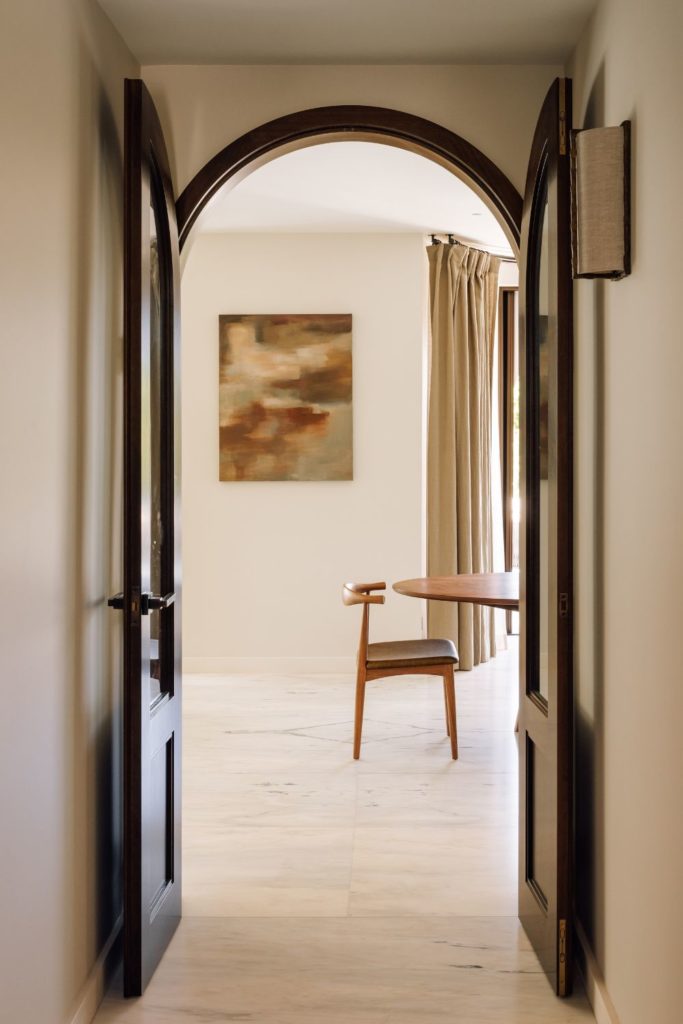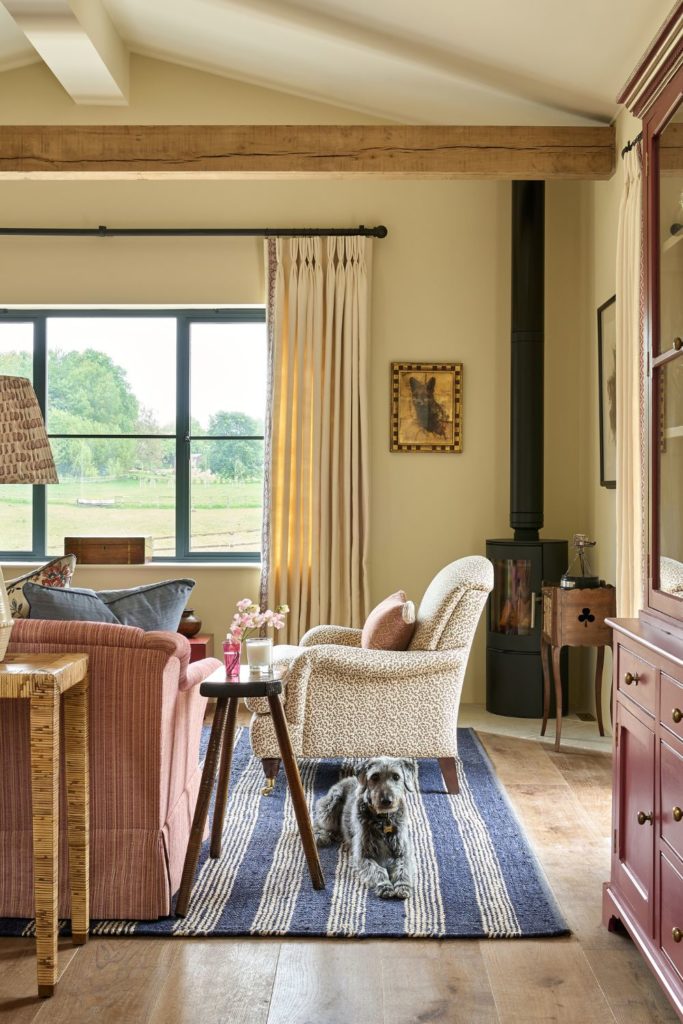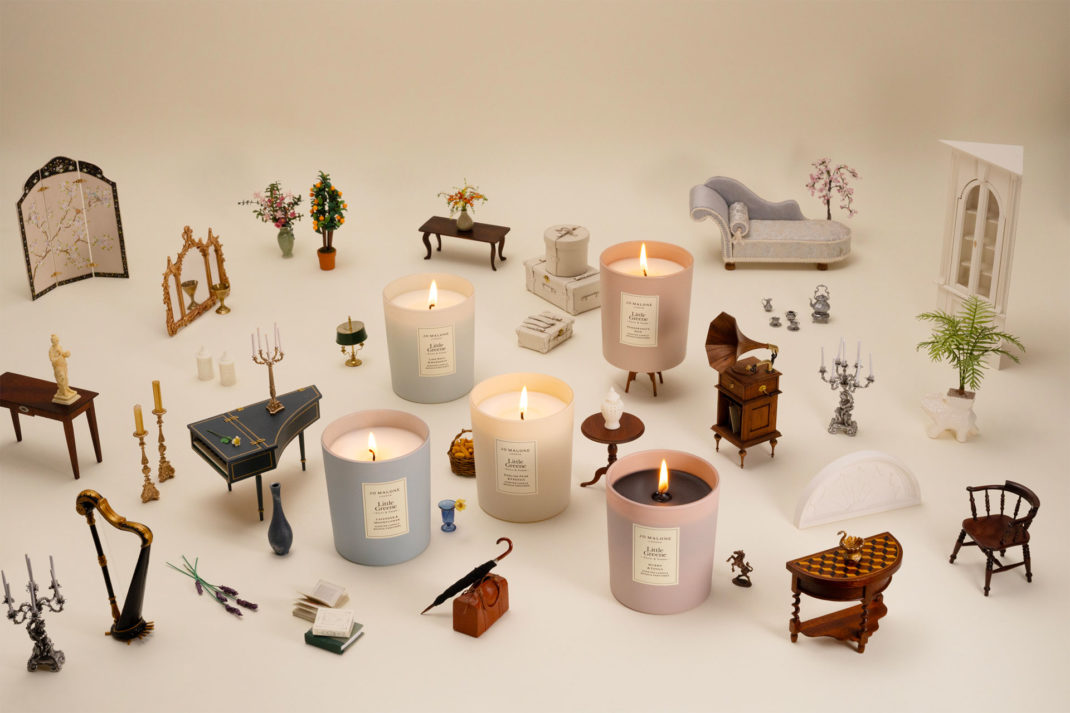Ready, Steady, Re-use: Upcycling Lessons With Lynne Lambourne
By
4 years ago
Give old pieces a touch of new magic

Unsure where find the perfect mid-century dressing table, and what to do with that rickety old bedside table to make it the star piece of your bedroom again? Wonder no more: we’ve asked zero waste interiors master, Lynne Lambourne, to answer all of your questions on upcycling, second hand interiors and thrifting. From sourcing second hand pieces that will reimagine any room (on a budget) to curating a fresh, on-trend and layered aesthetic, read on for her top tips.
The Best Places to Buy Antiques Online













